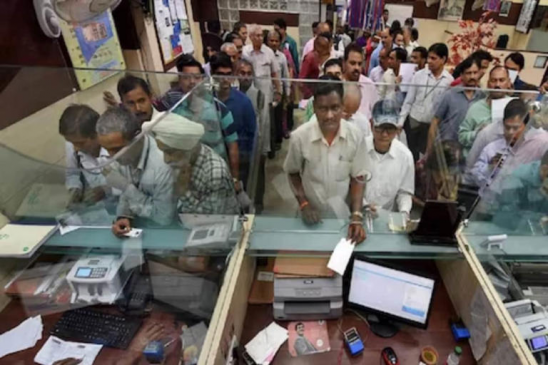We all have bank accounts, be it a savings account, a current account or a fixed deposit. We generally withdraw money from our savings account and if it is a salary account, then there will be a monthly credit which makes sure that there is some transactional activity with the account. However, if you do not withdraw from your savings account for too long, your account may be made inoperative by the bank. Normally, if no transaction is done in an account for two years, it becomes inoperative.
Read More: SBI Amrit Kalash: All you need to know about the new Fixed Deposit option for senior citizens
Many customers of the bank complain that due to a lack of withdrawals for a very long time, their account has become inoperative or has been closed by the bank. The bank sends a message to the account holder’s phone informing them that their account has been closed and they will have to visit the branch to make it functional again. Your account will be restored only after some necessary updation and inquiry. For this, your latest Know Your Customer (KYC) may be required.
Different bank accounts have different periods of inactivity after which, the bank closes the account. Complete information about the same can be found in the passbook provided to you during opening an account. Generally, withdrawal must be done within two years, to avoid an inoperative account.
Read More: Post Office Savings Account: From duplicate passbook to account transfer – 8 charges you must know
Once the account becomes inoperative, it is necessary to get the KYC done to start it. Once you withdraw money after the KYC is done, the account becomes operative again. This rule applies to most banks. Using an ATM, internet banking or mobile banking, you can use the bank’s services again. A straightforward rule states that an account is closed if no debit transactions are made from it.
According to the State Bank of India (SBI) policy, high-risk customers must have their KYC updated every two years. Updates to KYC are required every eight years for medium-risk consumers and it is every ten years for low-risk customers.





































